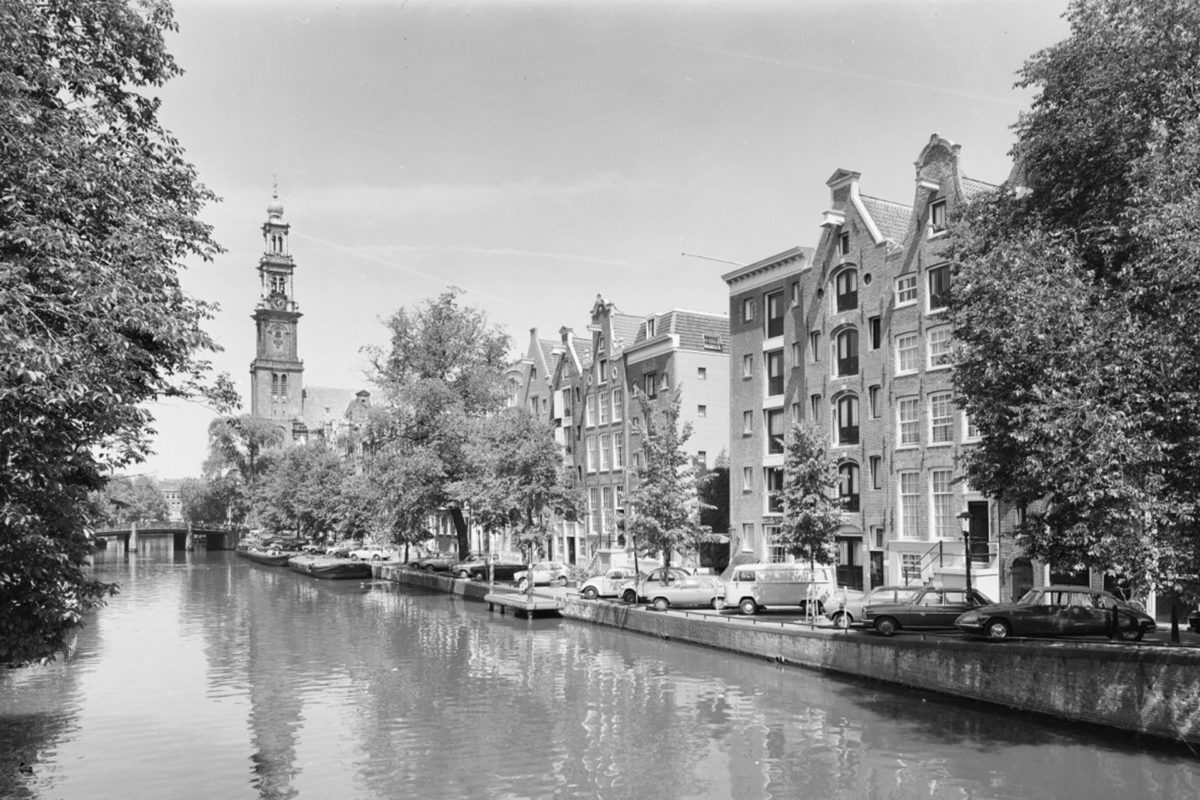Twenty-five houses dating back to the Seventeenth century were renovated drawing inspiration from the artworks of the Rijksmuseum
Peter Pulitzer
Hotellerie entrepreneur Peter Pulitzer bought the first twelve canal houses in 1968. By 1970, he had collected twenty-five houses, interlinked them together and created Amsterdam’s first five-star hotel, which opened in October 1970. The restyling started in April 2015, resulting in an output of one hundred and forty-five rooms, one café and inner gardens alongside a new lobby and entrance. The complex underwent a renovation of almost two years and reopened in 2016, christened with the name of Pulitzer, after its original founder. Boutique hotel Pulitzer unfolds through twenty-five interlinked canal houses dating back to the Seventeenth and Eighteenth century, which once were the stage of business deals between merchants of the East and West Indies Companies and witnessed the schemes and vices of Dutch aristocrats. With more than 400 years of history and a title of Unesco Heritage site on its belt, the buildings played a major part of the city’s history before functioning as a hotel.
Jacu Strauss, Creative Director of Pulitzer Amsterdam
Jacu Strauss, Creative Director of Pulitzer Amsterdam, is responsible for the renovation and re-design of the hotel. He lived in Amsterdam for four years and immersed himself in the city. He would soak up every element he encountered treating it as inspiration, whether it was an arts master painting in the Rijksmuseum, or the glimmer of sunlight reflecting on the façade of a canal house, or a boat trip on the water. He was inspired by the history of the houses and the succession of tenants that inhabited them over hundreds of years, from the Golden Age of the Dutch naval monopoly onwards.
The canal houses create a labyrinth where the continuum of space is met with a range of different styles and furnishings. Within the hotel, four independent suites have been created and given the names of Art Collector’s, Book Collector’s, Antique Collector’s and Music Collector’s Apartments – each varying in thematic design. The theme then expands throughout each building: the floor-to-ceiling archway of books in the Book Collector’s Suite is matched by a wall of trumpets in the Music Collector’s, while a life-scale painting depicting a modern reinterpretation of The Last Supper hangs in the Art Collector’s Suite.
Bar Pause
Bar Pause stretches over the side of the lobby, expanding its lounge seating’s in the outer patio that embraces the garden. Restaurant Jansz follows: the entrance passes through a building that in ancient times used to be the main apothecary on Reestraat, one of the nine arteries of Amsterdam.
The original wooden paneling has been protected from pollution and decay by a coating, and is one of the historic details that have been restored and preserved.
The rooms at Pulitzer Amsterdam
Pulitzer Amsterdam houses nine meeting & event spaces, including the Garden Room, which was renovated so as to blur the boundaries between the interior and exterior space, creating a sort of greenhouse that feels as an in-door continuation of the garden. The Saxenburg House resembles a palace, with the proportions and details of its three gathering areas. The Merchant Rooms, located in a historic section of the hotel, looks out on the Keizersgracht. The interiors of the Merchant Rooms reflect that of the domestic ambiance of the golden age of Dutch aristocracy, with a vibrant color scheme embracing an admixture of furnishings and artworks. The Copper Attic, Chamber and Study are fused without seams with the restaurant hall, and enjoy a view of the Reestraat and Keizersgracht canal.
Pulitzer
Pulitzer, Prinsengracht 323, Amsterdam, Netherlands. At Pulitzer, no two rooms are the same. Throughout the twenty-five houses, the details reflect Amsterdam’s history: a fusion and juxtaposition of finishes recall the glory of the East and West Indies Company, the sobriety of the years as a Puritan and Calvinist stronghold, and the flourishing as hub for contemporary Dutch design. Each era has come and passed leaving behind its imprint, which has been re-adjusted to modernity.




















